 A few years back I received a call from then assistant Rabbi of Temple Sinai, Jay Tel-Rav, wondering if I could take a look at a manuscript. He was not sure what is was but he was definite: it was a Kabbalah text. I had a few moments between classes and he was but a minute away so I said, “Come over.” He arrived with a large, cylindrically matted manuscript. Unrolled, it covered the entire length of the upstairs classroom. I recognized one segment of it—a title of a Kabbalah book from the 16th century. My excitement attenuated when I received an email back from a Professor at Hebrew University who, after looking at photos I sent him of different sections of the manuscript, let me know that it was not what I thought it might be—a Kabbalistic manuscript from the 1500s.
A few years back I received a call from then assistant Rabbi of Temple Sinai, Jay Tel-Rav, wondering if I could take a look at a manuscript. He was not sure what is was but he was definite: it was a Kabbalah text. I had a few moments between classes and he was but a minute away so I said, “Come over.” He arrived with a large, cylindrically matted manuscript. Unrolled, it covered the entire length of the upstairs classroom. I recognized one segment of it—a title of a Kabbalah book from the 16th century. My excitement attenuated when I received an email back from a Professor at Hebrew University who, after looking at photos I sent him of different sections of the manuscript, let me know that it was not what I thought it might be—a Kabbalistic manuscript from the 1500s.
The Professor was correct. It turned out that deciphering the small handwritten notes in-between text sections revealed that the manuscript was a compilation by a student of Kabbalah in the early 1800s. Apparently, he had traveled throughout the Ukraine visiting Kabbalah and Hassidic masters and copying, as many diagrams of the Tree of Life in books and manuscripts he could locate in their libraries. He was quite good at graphic art, less careful about textual accuracy.
Last week I was asked by one of our students if I could take a look at a manuscript she had in her possession. She knew it was in Hebrew but had no idea what it might be. Based on her description I thought it might be the scroll of Esther. She brought it to class this past Monday afternoon. It was wrapped in plain light brown paper and was marked “very fragile.” It was easy to identify–it was a segment of a scribal Torah on parchment—the parchment was soft, likely deerskin and the lettering, though meticulously executed by a sofer (scribe), looked as if it was printed. It was a section from the book of Numbers covering a dozen or so columns (a Torah scroll contains 248 columns) and had one other unique identifying mark: it was burned in several places. The burn holes disrupted the text. This sizeable Torah fragment had been in a fire. It had survived.
I shared the manuscript with a number of my classes this week—it had a palpable affect. Most wanted to touch the soft parchment—it feels like suede—and to get close to the scroll. One student broke down into a sobbing cry; he felt the pain that the burned Torah represented.
I have no idea, and may never know the origin of this Torah scroll fragment. The student only knew that her parents had purchased it—knowing it was a Torah scroll only increased the mystery—she was incredulous that her parents would have wanted to have , let alone buy, a religious item.
Nevertheless, it showed up the day before I was to give a presentation on the mystical significance of the Torah letters at Hebrew Educational Alliance. I had planned on asking the synagogue if I could use one of their Torah scrolls to show people the handwritten scribal letters. I didn’t need to. This Torah scroll fragment appeared—with neither rhyme nor reason, a burned, yet very intact segment of a Torah. It had survived the centuries against many odds for a special few days in Denver, Colorado; to be viewed, to be touched and to touch those who encountered it.

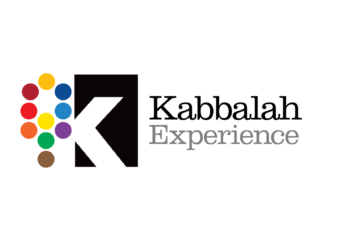
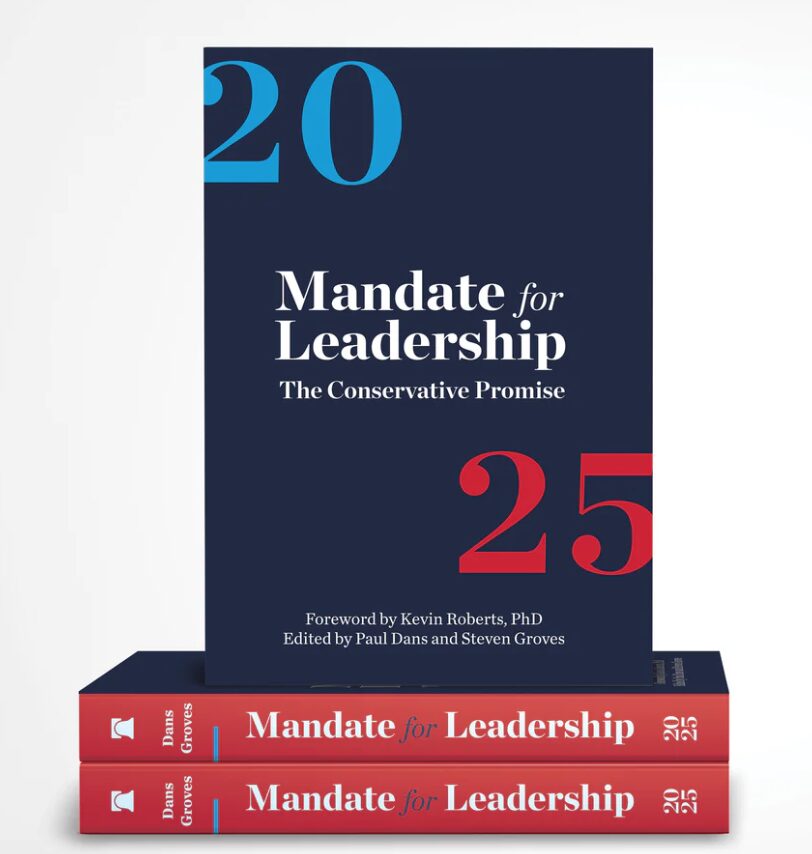
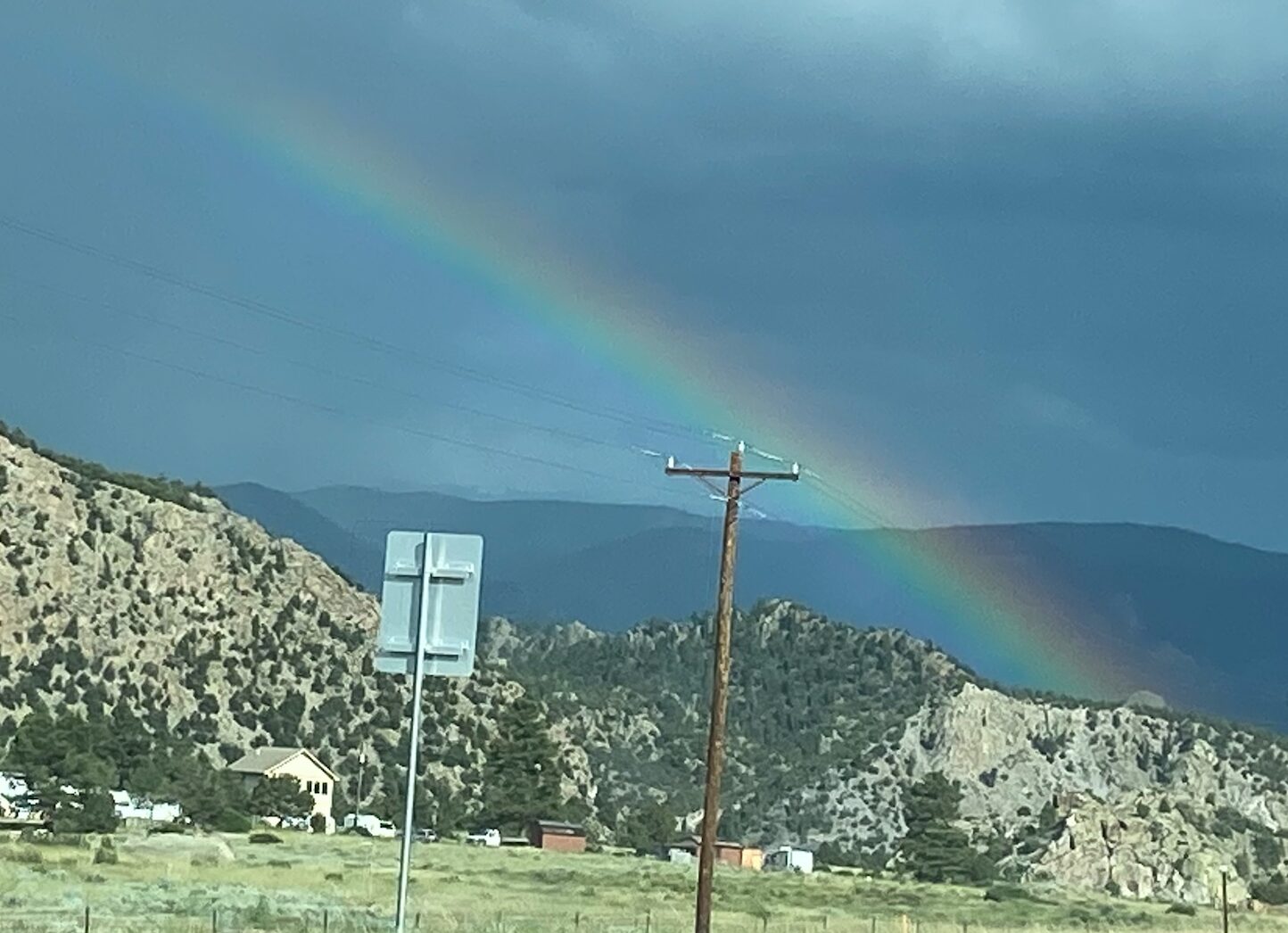
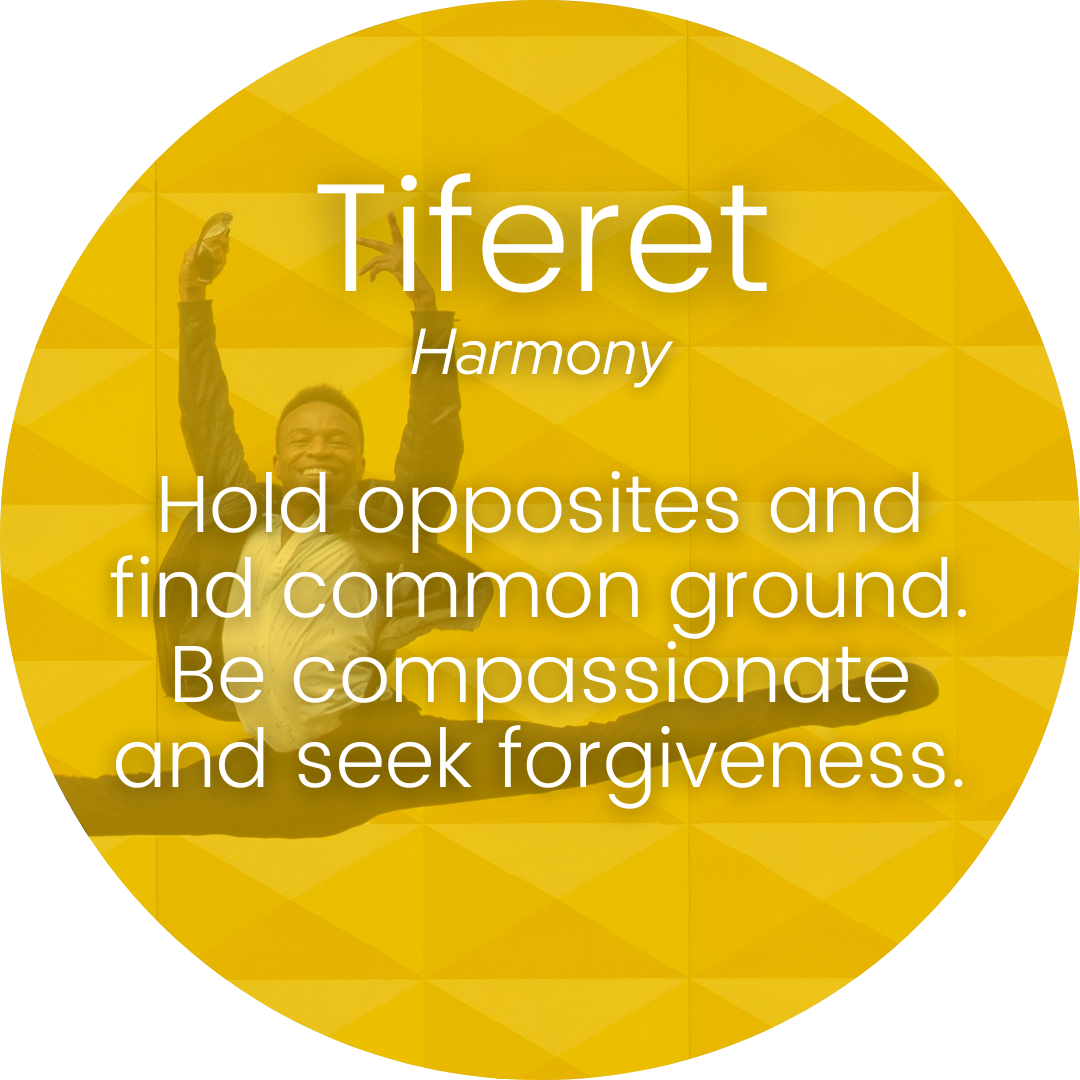
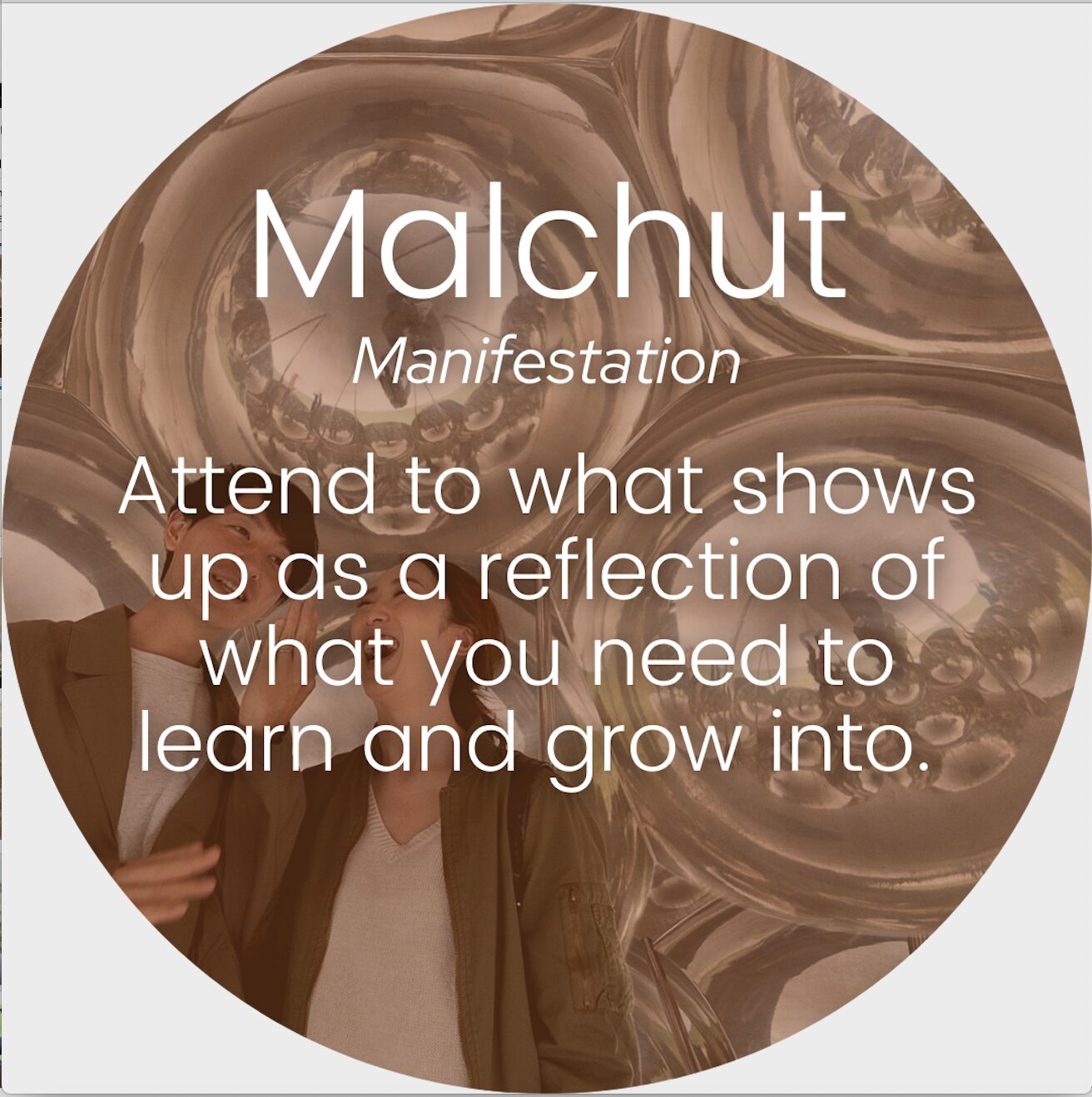
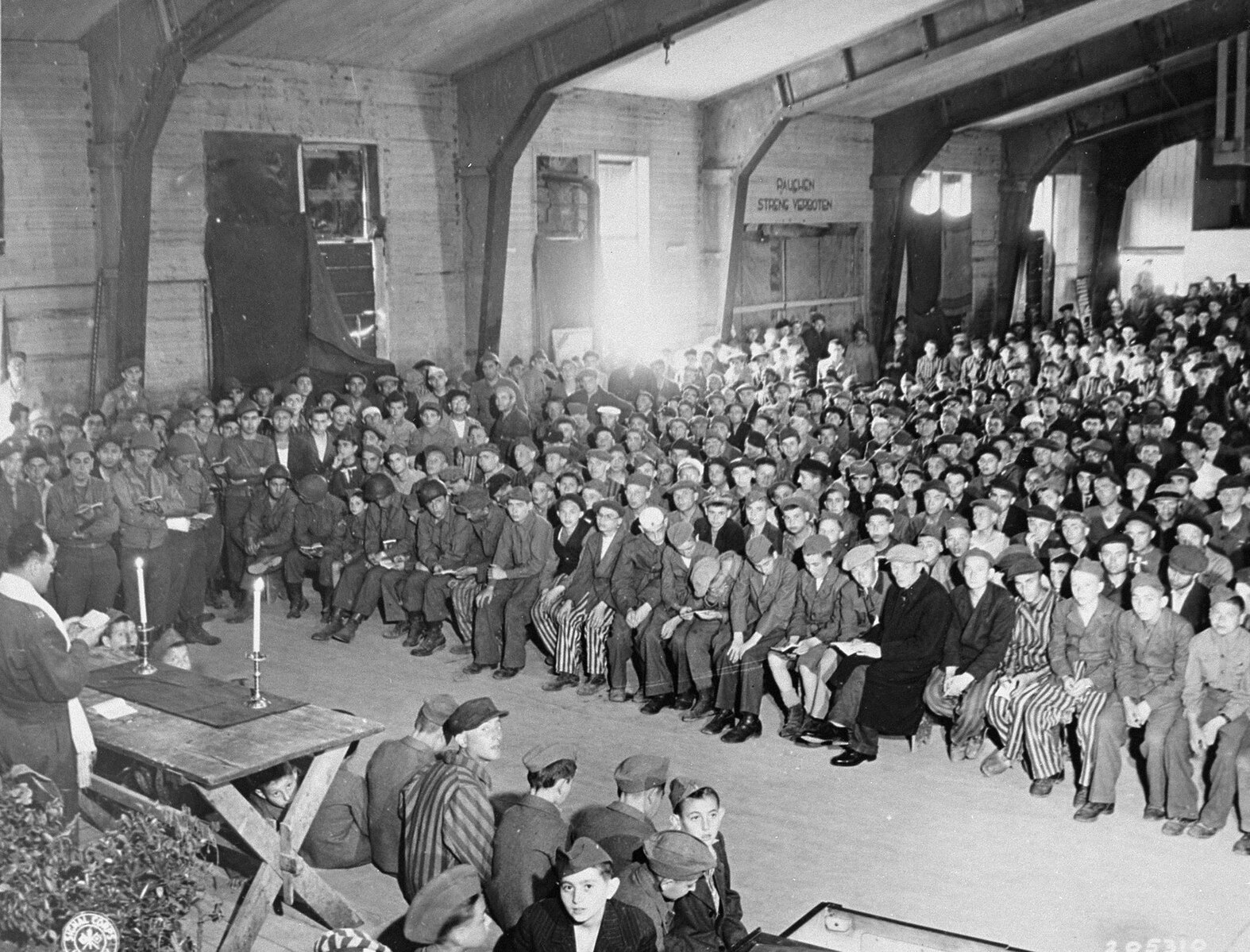

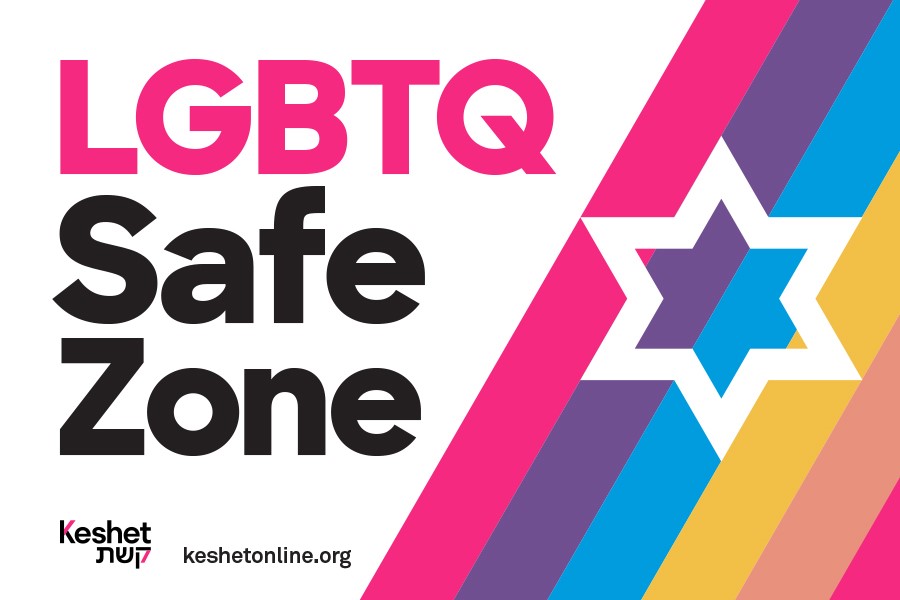
0 Comments